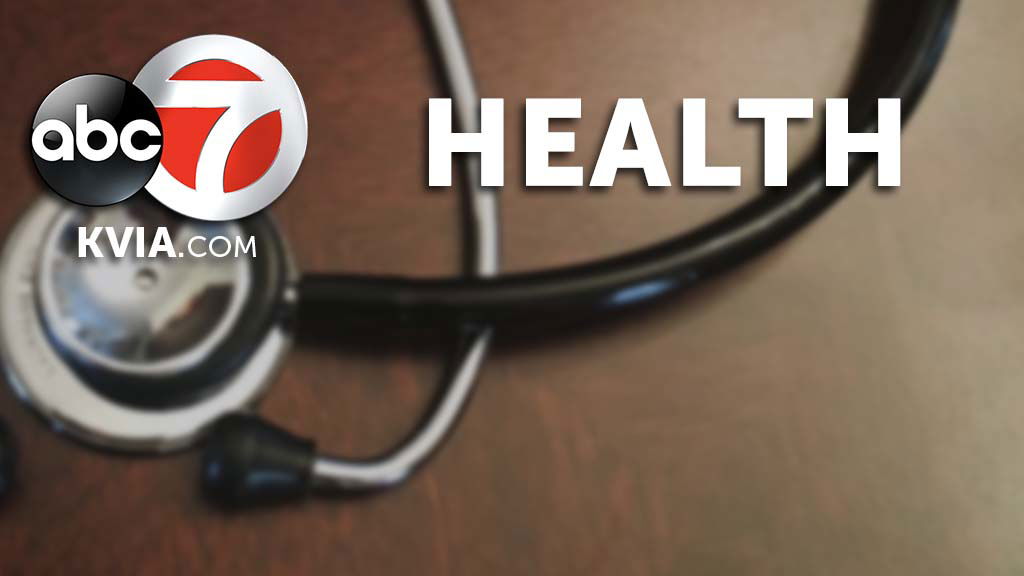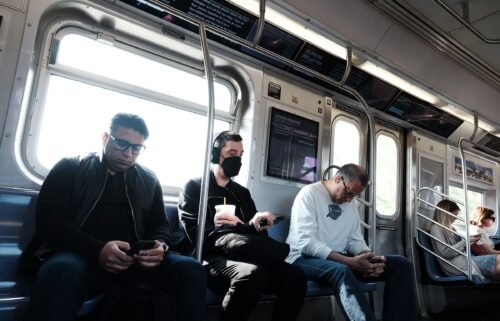How Black and Latino children came to be the most affected by the severe complications of Covid-19

This past April, as life in the city that never sleeps came to a halt and only ambulance sirens were heard outside, a Black 9-year-old named Rahsaan Humphrey developed a fever.
His mom, Ronda Lamb, was alarmed: Not only was a fever unusual for her son — Rahsaan is not one to get sick — but New York City, including their Harlem neighborhood, was under a strict lockdown with a climbing death toll from Covid-19.
Unable to control the 101-degree fever with cold compresses and Tylenol, and worried about her boy’s headache and occasional chest tightness, Lamb took Rahsaan to the emergency room. Beyond the fever, doctors couldn’t find anything wrong with Rahsaan and sent him home with instructions to come back if his temperature kept climbing.
A few weeks later, across the East River in Queens, Joseph Mendoza also developed a fever.
His mom, Marisol Fiallo, was afraid to take her 13-year-old son to an emergency room overwhelmed by patients with Covid-19. She decided to find a place that would agree to safely evaluate and treat her son.
Once she’d found an open clinic that would take him, she phoned her husband to bring Joseph to her. Joseph, too, was sent home after that first evaluation with instructions to come back if the fever persisted.
Both boys worsened over the days that followed. Rahsaan’s fever went on for 10 days and when it finally broke, his right eye suddenly stopped moving. For Joseph, an angry looking rash and red eyes eventually accompanied his fever. Rahsann and Joseph were both admitted to the intensive care unit at New York Presbyterian Morgan Stanley Children’s Hospital.
Each mother faced her fears alone in the ICU. Lamb suppressed her fears and willed herself to stay in the moment, focusing on every word the doctors said. Fiallo prayed; she prayed to the Virgin of Guadalupe and all the saints, offering to perform a pilgrimage to Mexico if her son recovered.
A mysterious illness gets a name
Joseph and Rahsaan did recover. After countless tests, a spinal tap for Rahsaan and medicine delivered straight to Joseph’s heart, they were both diagnosed with what is now known as multisystem inflammatory syndrome in children, MIS-C for short. It’s a rare complication of Covid-19.
“We didn’t really know whether these cases were related to Covid at first. We saw just a few at first and most of the cases didn’t have positive Covid tests,” said Dr. Steven Kernie, chief of pediatric critical care medicine at Columbia University and New York-Presbyterian Morgan Stanley Children’s Hospital.
The first cases arrived in his ICU before there was an antibody test for Covid-19 and the condition could be established as a complication of Covid-19 that arises weeks after the primary infection, Kernie explained.
Though questions remain, much more is now known about MIS-C. It is now defined as “a condition where different body parts can become inflamed, including the heart, lungs, kidneys, brain, skin, eyes, or gastrointestinal organs,” according to the Centers for Disease Control and Prevention. Its symptoms include some of what Rahsaan and Joseph experienced and more: a fever, abdominal pain, vomiting, diarrhea, neck pain, rash, bloodshot eyes, or feeling extra tired.
The rare but severe condition had affected 570 children across the country and taken the lives of 10 by the end of July, according to the latest available data from the CDC. In a parallel to what has become the narrative of Covid-19 in adults, 73% of the children affected are Black and Latino.
The higher rates of the complication are likely a reflection of the greater numbers of Black and Latino children being infected with SARS-CoV2, the virus that causes Covid-19, explained Kernie. “[These communities] have just been affected much more severely with SARS-CoV2 infection and therefore more children are going to have MIS-C. But I don’t think, at least we certainly did not see in our experience, a predilection for any particular ethnicity,” he added.
‘A perfect storm of inequality’
To Lamb, the data is just the latest iteration of the disparities that have affected her community for years. “I’ve lived in Harlem my entire life and it’s not surprising to me,” she said. “I’ve heard it a million times. It’s always a higher something in our community….asthma, ADHD, it’s always something.”
Lamb, who lives in a tenement owned by the New York City Housing Authority, describes the living conditions in her community as “less than ideal.” For instance, overcrowding has made it very difficult for people to keep their distance. She has also witnessed a lag in time between when information reaches English-speakers and when it reaches the Spanish-speaking community. “It took a minute for them, for somebody to properly communicate to the Spanish speaking community the importance of social distancing and wearing masks,” she said.
Housing and health literacy are just a few of the many social factors that can affect the health of entire communities. What are known as the social determinants of health also include income, race, structural racism and discrimination, food insecurity, education and pollution in the air, says Dr. Dodi Meyer, director of community pediatrics and professor of pediatrics at Columbia University and New York Presbyterian Morgan Stanley Children’s Hospital.
“We are living in a city of vast inequities to begin with,” said Meyer, describing the pandemic as the “perfect storm of inequality.” To Meyer, who has spent her career working as a pediatrician in New York City and has studied the social determinants of health; the higher rates of MIS-C in Black and Latino children are just the tip of the iceberg.
“For all of us who have been in healthcare with our eyes really open to what’s going on, this is not a surprising finding,” said Meyer. “I think unfortunately you need extremes to highlight something that a lot of us that have been working on this for our careers know very well,” she added.
To Meyer, the path forward starts with a true investment in prevention.
Investing in prevention
“[In the U.S.] there is no public health infrastructure. There is no structure. There is in writing a prevention agenda, but there’s no investment in prevention,” said Meyer. Developed countries in which people enjoy better health than Americans spend 90 cents on medical care for every $2 spent on social services, Meyer notes. The U.S. spends $2 on medical care for every 90 cents spent on social services, resulting in worse health outcomes, she added.
As Covid-19 continues to spread through the country, one thing is clear: unless the pyramid is inverted and the country invests more heavily in addressing the root causes of disease, Myer say, the health of Black and Latino communities will continue to suffer.
Until then, Joseph, Rahsaan and many children like them will continue to walk around with an understanding and an appreciation of the seriousness of Covid-19 and its consequences that many adults around them lack. Both boys continue to follow up with specialists, Joseph is still on steroids to suppress the inflammation in his body and Rahsaan has refrained from playing basketball with his friends, afraid of bringing the virus home to his little niece who has recently spent more time with the family.




